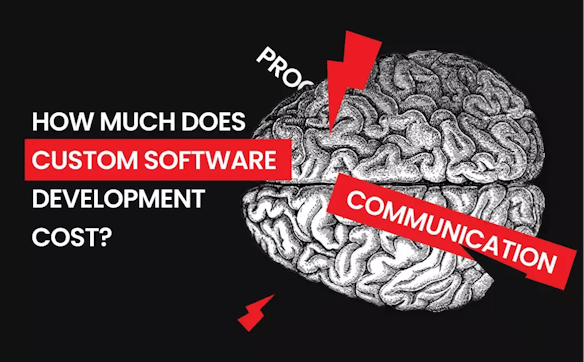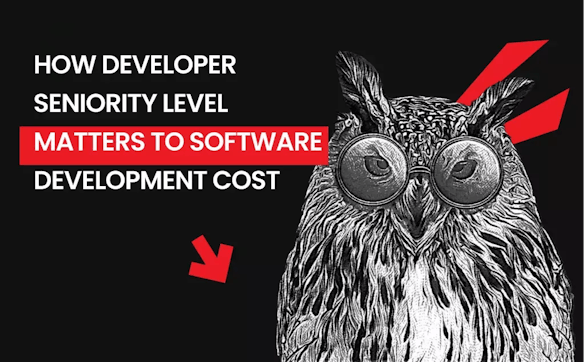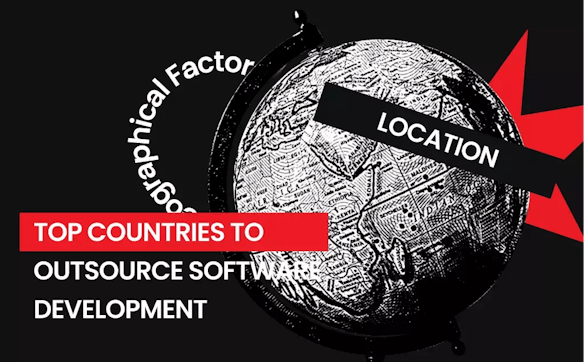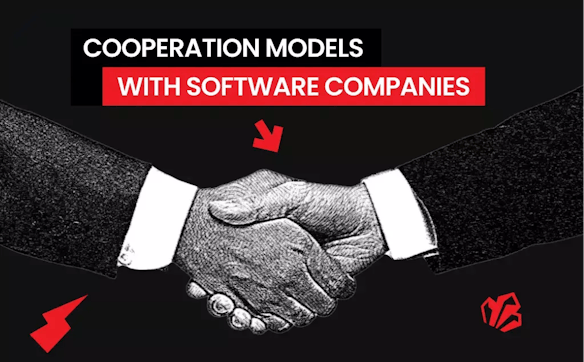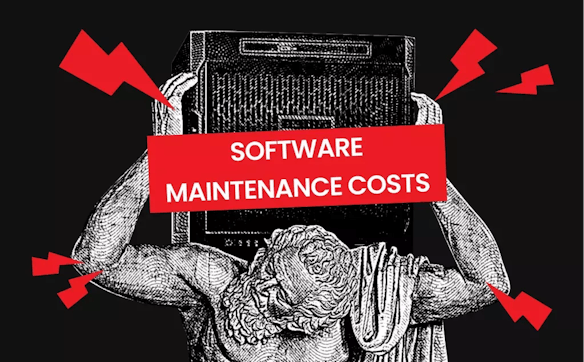2. Software Development Pricing Models Guide
Historically, organizations approached software development outsourcing as a black box where you throw away things you don’t want to do. The field is changing as the emerging markets have proved to provide quality and shown the advantages of higher dollar purchasing power.With so much at stake, traditional outsourcing engagement models thus moved towards partnership models. So now, businesses increasingly outsource things they can’t do.As a result, the emerging cooperation models have created numerous pricing models.However, once you start digging deeper with your research and evaluating IT contractors’ proposals, you’ll start to see not only the big difference in total cost but also the difference in pricing models used to calculate the cost.Ultimately, you may feel like companies are trying to take advantage of your lack of experience, and you can’t identify a potential long-term partner.In this publication, Mad Devs Customer University addresses your puzzling questions about pricing models with clarity and transparency.Unfortunately, it can be hard to determine the exact cost of a software development project. Unlike building products from an assembly line, estimating the cost of a software development project involves taking into account various factors.1. Human resourcesThe number of people who are involved in the project will have a huge effect on the cost of the project. You will need to hire a team of developers if you are not outsourcing the project. The size of the team depends on how complex the project is and how experienced the individuals are.Your team's work environment will also affect how productive they are. Having a good working relationship with one another will help them become more efficient. There may be issues that they need to resolve, but the more projects they work on, the more they will be able to improve their efficiency.The ability of your team to avoid conflict and work efficiently will have a huge impact on the project's budget. Make sure that everyone on the team is qualified and has the necessary skills to carry out their duties. Overworking the team can cause them to waste time and make them more prone to errors.2. Project complexity&sizeThe complexity of a software application is also a factor that will affect the cost of the project. It can be very challenging to develop a complex program due to the number of steps and calculations that it requires.The size of the software that you're developing will also be influenced by the number of screens that will be built. Having too many screens will increase the cost of the project.3. Software functionalityOne of the most important factors that will affect the cost of a software project is the functionality of the application. Having too many features will increase the cost of the development. It can also take longer to build and test a large number of applications.4. Scope of workThe larger the scope of the project, the more expensive it will be. Although the project will likely have a fixed schedule and human resources, the scope can change over time. This is because constant stakeholder feedback will help determine the cost and the quality of the project.5. UX/UIThe cost of a custom design depends on the features and scope of the project. Having a well-designed and engaging user interface is very important for a successful software development project. The right mix of animations, visual elements, and unique navigation elements will keep your users coming back.6. IntegrationsAnother factor that can affect the cost of a software project is the integration of its features with other business applications. For example, having multiple third-party tools such as CRM will increase the cost of the project.7. MigrationDifferent migration techniques and the unique requirements of different storage vendors can also add to the complexity of the process. Having a customized approach is also important to ensure that the data that you're moving will fit seamlessly into another system.8. Extra expensesEven though you're paying for the software, you should also consider the additional costs that the service provider might charge. These costs might not be related to the developers' hourly rates. It can be necessary if the complexity of the project increases or there is technical debt.Aside from the hourly rate, there are also additional costs that the service provider might charge. These additional costs can pile up and add up to a huge bill.Some businesses will also require that they pay for the licenses that the developers will need to complete the project. Others will require that they pay for the infrastructure costs associated with buying or leasing software.Most people don't realize that there are also maintenance fees that are included in the cost of a software development project. These fees can range from minor repairs to security updates.So when we’ve covered the major factors that influence project cost, we can move to pricing models. It can be overwhelming to build software from scratch. Not only does it involve writing code, but it also involves various phases such as architecture, design, testing, and deployment.To avoid getting bogged down by the various steps involved in building a robust software solution, companies should keep in mind that there are various pricing models available. They should also be aware of the premium options that are available for their project.With pricing models, companies can easily understand what they are paying for and what benefits they will get from their projects. There are several types of pricing models that can help companies develop software: Fixed price, Time and Material, Outstaffing, Dedicated team, Hybrid, and Gain-sharing model.Let’s look closer at each of them.




